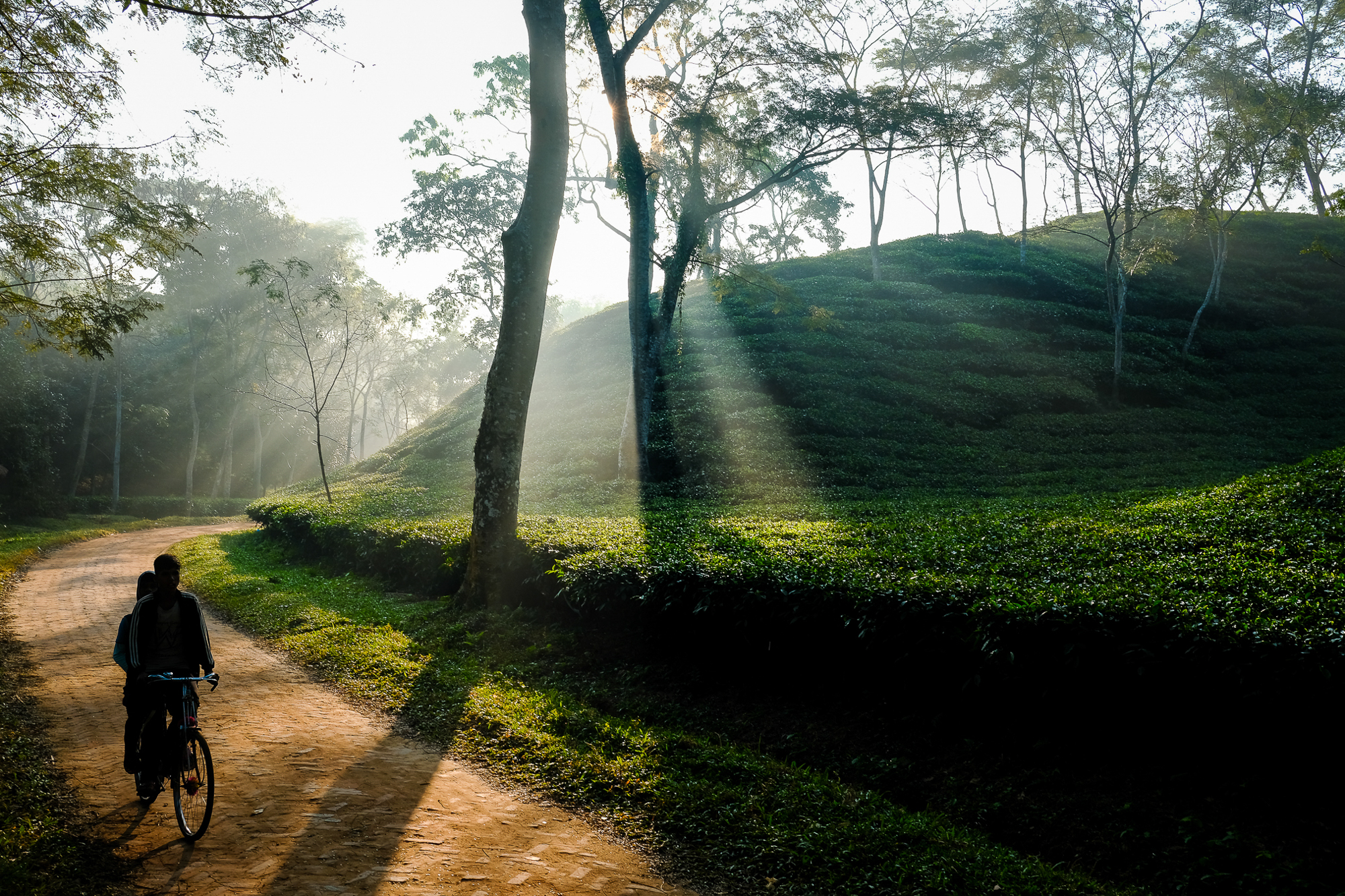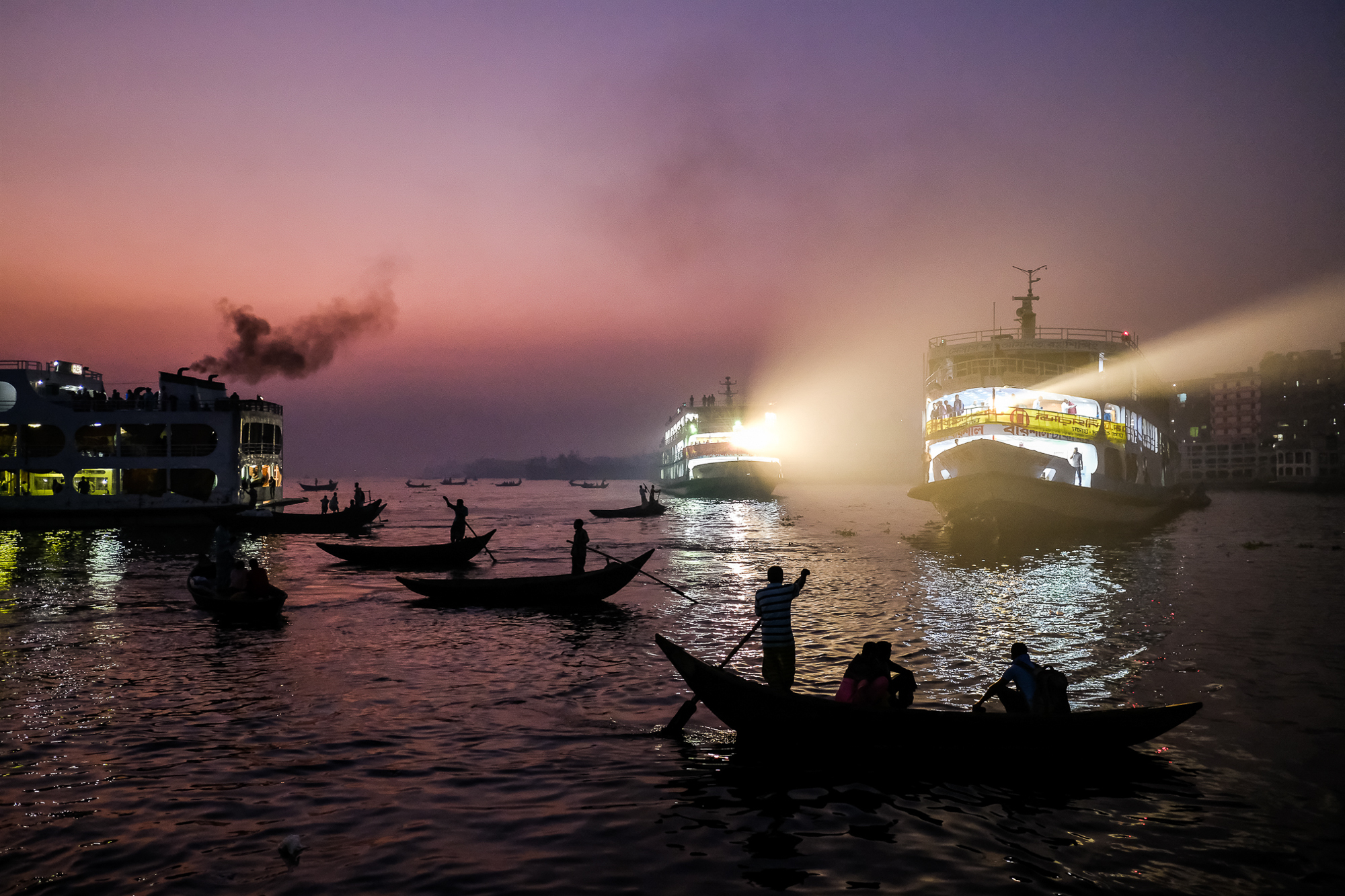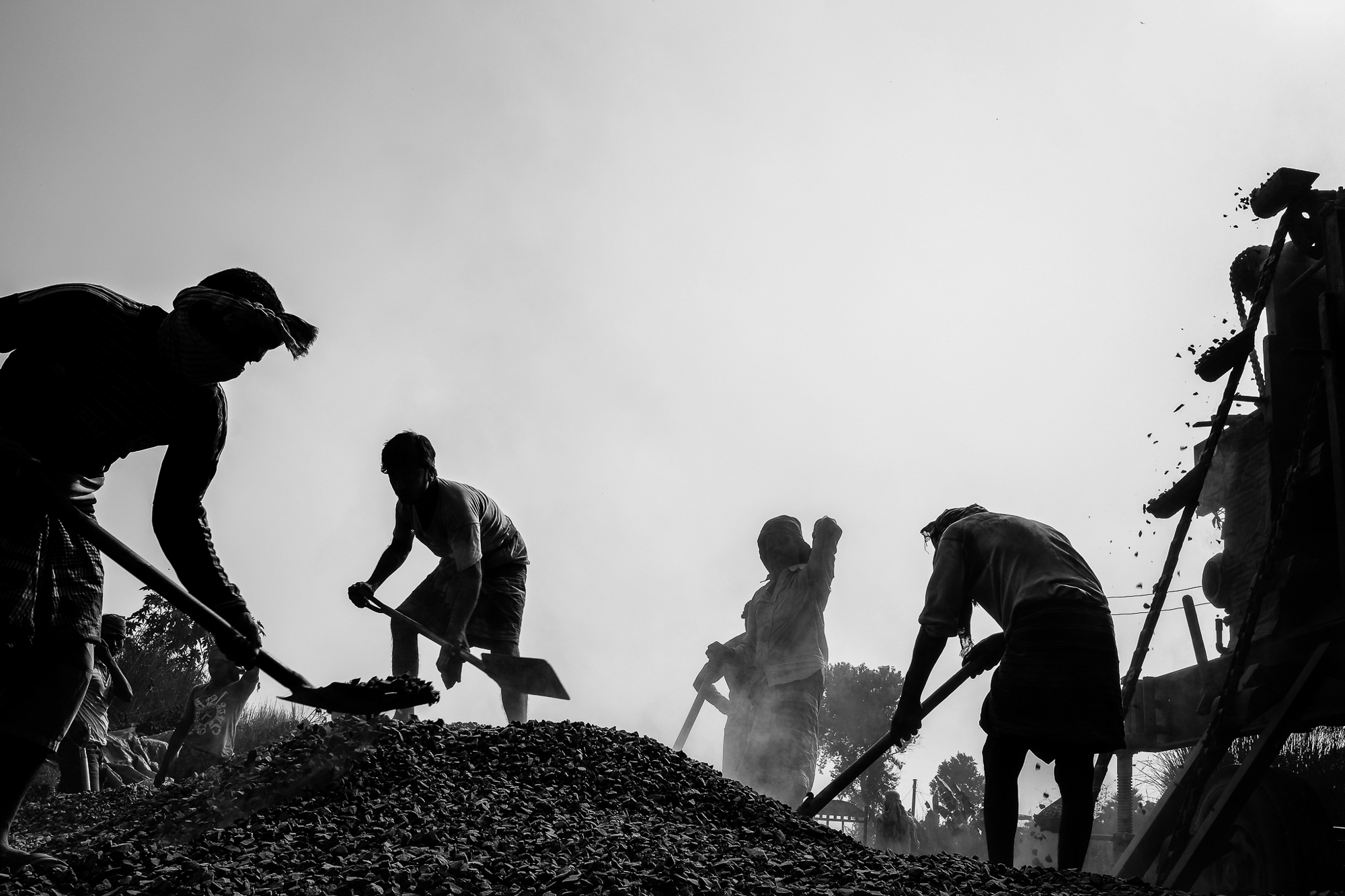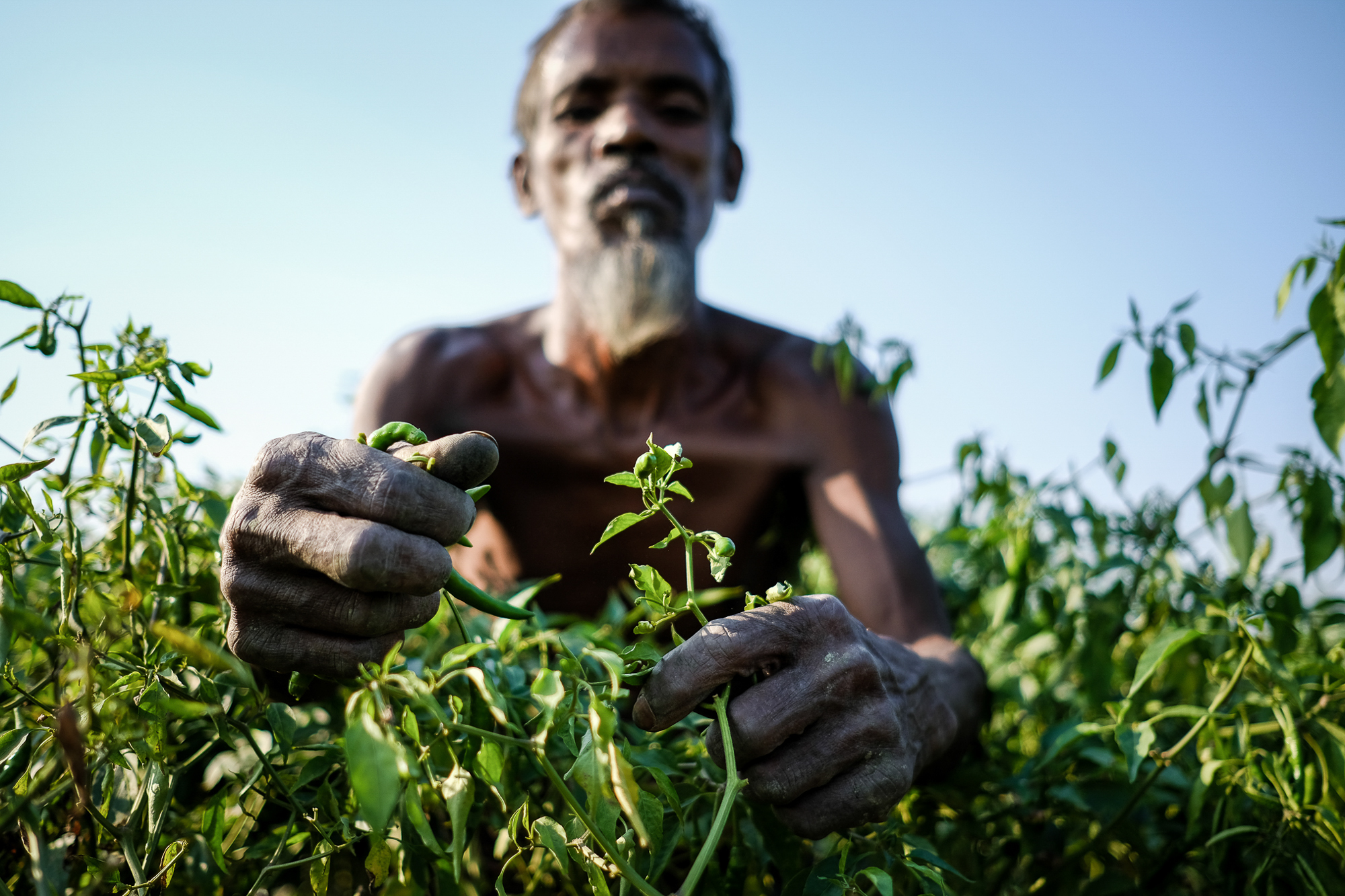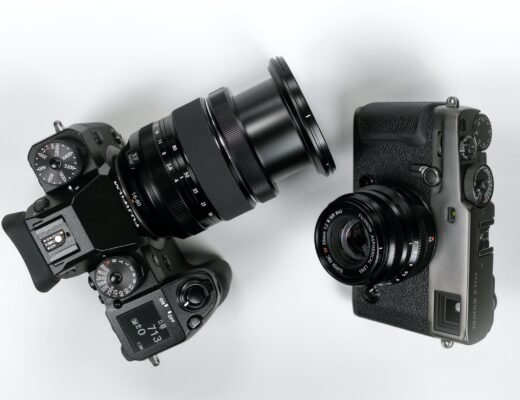Last year was a year of much anticipation. Though I had plenty of trips planned for the end of the year, I was mostly looking forward to the release of the new 5D Mark IV. I had planned for this to replace my Mark III, which was showing heavy signs of mistreatment! Over 3 years of shooting every day and constant traveling throughout Asia is an inevitable cause for wear and tear on any camera.
After I heard that Canon would be announcing the specs of their newest camera, I quickly went to have a look. Unfortunately, what I learned was a massive disappointment. Basically, the innovation on their (expensive) Mark IV camera was a mere touch screen. Of course there were a number of other upgrades, but I was left with a bitter taste. It seemed that the camera had changed as little as possible while Canon increased the product price as much as possible. This was the day that I decided it was time for a change.
At the time, I’d already been eyeing Fuji. A few photographer friends had already made the switch, with raving reviews. I was specifically excited about the button placement of the Fuji compared to Olympus or Sony.
Additionally, I’d been craving an opportunity to get out of my usual photo style and expand my creative process. I’d been complaining for a while that my photos had become stagnant – I had a tendency to consistently shoot wide apertures with a very shallow depth of field. Even though I knew I had to force myself to close the aperture down, it was too tempting not to when using a full frame camera and a quality prime lens.
Thus, a decision had to be made. A week before I departed to travel through Asia, I purchased the Fujifilm X-T2. At the time I was hectic running photo tours and workshops, so I didn’t have the chance to warm up to the camera before leaving. I literally just packed it in my camera bag and hopped on a flight to Myanmar – presuming I would have plenty of time to learn how to use it while on the road. Yet, I still packed my Canon and lenses. After all, I was a Canon shooter. Completely switching to Fujifilm felt like just a new thing to “try”.
That was six months ago. It’s now been five months since I’ve touched my Canon gear.
After eight years of solely shooting with a Canon DSLR, my Fujifilm required an adjustment period. During my first two weeks in Myanmar I found myself primarily shooting Canon, but always carrying the Fuji along. Every time I used the Fuji the film simulations made each image beautiful, yet I was deeply missing the shallow depth of field from my Canon 50mm. However, I reminded myself that this was the entire reason that I purchased the Fuji.
At the beginning of the second week of the trip, as I continued to pursue my new camera, I went out with only my Fuji. It was here that I discovered the Fuji 35mm/f2.0 lens takes high-quality portraits. After only a few days, I no longer missed the shallow DOF from my full frame camera.
This was the last time that I even considered grabbing my Canon again.
From here on out my creative brain began to rapidly expand – particularly when I challenged myself to only use my 23mm lens and shoot at f8.0. Though I had experienced shooting on a 35 equivalent at f8.0, the 23mm forced me to pay even more attention to every little detail in my frame. Because this inhibited me from defaulting to my usual shallow DOF, my composition process gained a fresh outlook and my frames acquired greater complexity.
Due to my Canon experience, I continued to use the Fuji viewfinder before acclimating to the screen. But now I only use the screen – and its ability to tilt up and down has greatly assisted with improving my compositions.
As a travel photographer who focuses on humans, I also find myself in love with the silent electronic shutter. The Fuji’s compact size and its quiet shutter enable me to more flawlessly blend into a variety of environments. I’ve noticed that the camera draws less attention to itself than my Canon – there’s no longer a large piece of technology separating me from my subjects.
From a teacher point of view, my Fuji has been a dream. I can use the screen to show my students my composition process in live time. I can take pictures with only one hand, while using the other hand to assist students, hold gear, and communicate with my subjects. And after shooting and teaching Canon for 8 years, I feel that I can now show others photography from another viewpoint.
It excites me to have stepped into a season of great growth. I believe that in order to properly teach, I must be constantly challenging myself and learning something new.
The Fujifilm X-T2 has become more than my new camera – it’s a tool that is broadening my knowledge of photography, stimulating my innovative process and empowering me to be a more effective teacher.


